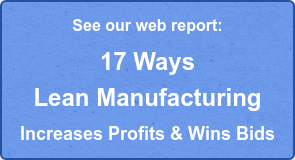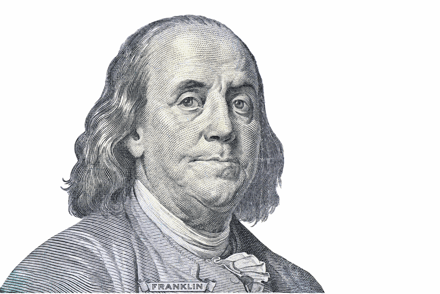
Infrastructure product manufacturers face two pressing challenges today: tight margins and hiring/retaining high-performance people. Fortunately, there is a business practice called OKRs that addresses both of these. Originally introduced in the 1970s by Intel's Andy Grove, OKRs are now standard in virtually every company that has dominated its industry: Google, Amazon, Oracle and Microsoft to name a few. But, OKRs are not just a passing fancy for glitzy tech firms. They are also applied by stalwarts like GE, Anheuser-Busch and the Navy. Early adopters in manufacturing have an opportunity to become industry leaders that provide an environment for growing profits and attracting/retaining the best people.
OKR stands for Objectives and Key Results. The practice is profoundly simple but it produces outstanding results. The magic sauce boils down to 5 principles:
- Objectives are 'stretch goals' that describe 'what' is targeted.
- Key Results are measurable results that describe 'how' Objectives will be achieved.
- All OKRs are public. Company OKRs are stated first; team and individual OKRs flow from company OKRs.
- Employees are NOT reviewed on OKRs. The purpose of OKRs is to get employees to stretch themselves with the premise that achieving 70% of a stretch goal will likely produce greater success than 100% of a safe goal.
- OKRs are also for professional growth, providing employees an opportunity to manage their own development.
The result is that the company elevates its targets for performance which, in turn, creates an environment that motivates employees to do the same. The public accountability is a powerful motivator and creates a 'performance culture' in the company. Finally, this culture attracts the best people who find the company a great place to grow professionally.
Here is an example of an OKR that a precast concrete company might create to improve its gross margin. Note that it fits naturally into lean manufacturing practices:

OKRs can easily be created using Excel and shared with services like Microsoft Sharepoint. (This is what we do at Idencia.) There are also a number of companies that provide a platform for OKRs. Lattice is a start-up that does this and offers a nice video describing the practice:
Legendary CEO, Andy Grove, brought Intel to industry dominance in semiconductors using OKRs when it appeared that they would lose the market to Japanese manufacturers in the 1980s. Google was built on OKRs. Forward thinking infrastructure manufacturers have the same opportunity today.
Want to learn other ways your plant can improve performance? Check out our web report on lean practices:
About Idencia
Our mission at Idencia is to elevate the productivity of manufacturers. We offer precast RFID tracking solutions that improve productivity and offer value throughout the value chain. As a cloud-hosted product tracking system that is seamless between manufacturers, contractors and asset managers, Idencia adds information value to all, eliminates redundancy and saves time.

Nov 3, 2018 11:11:33 AM




Comments